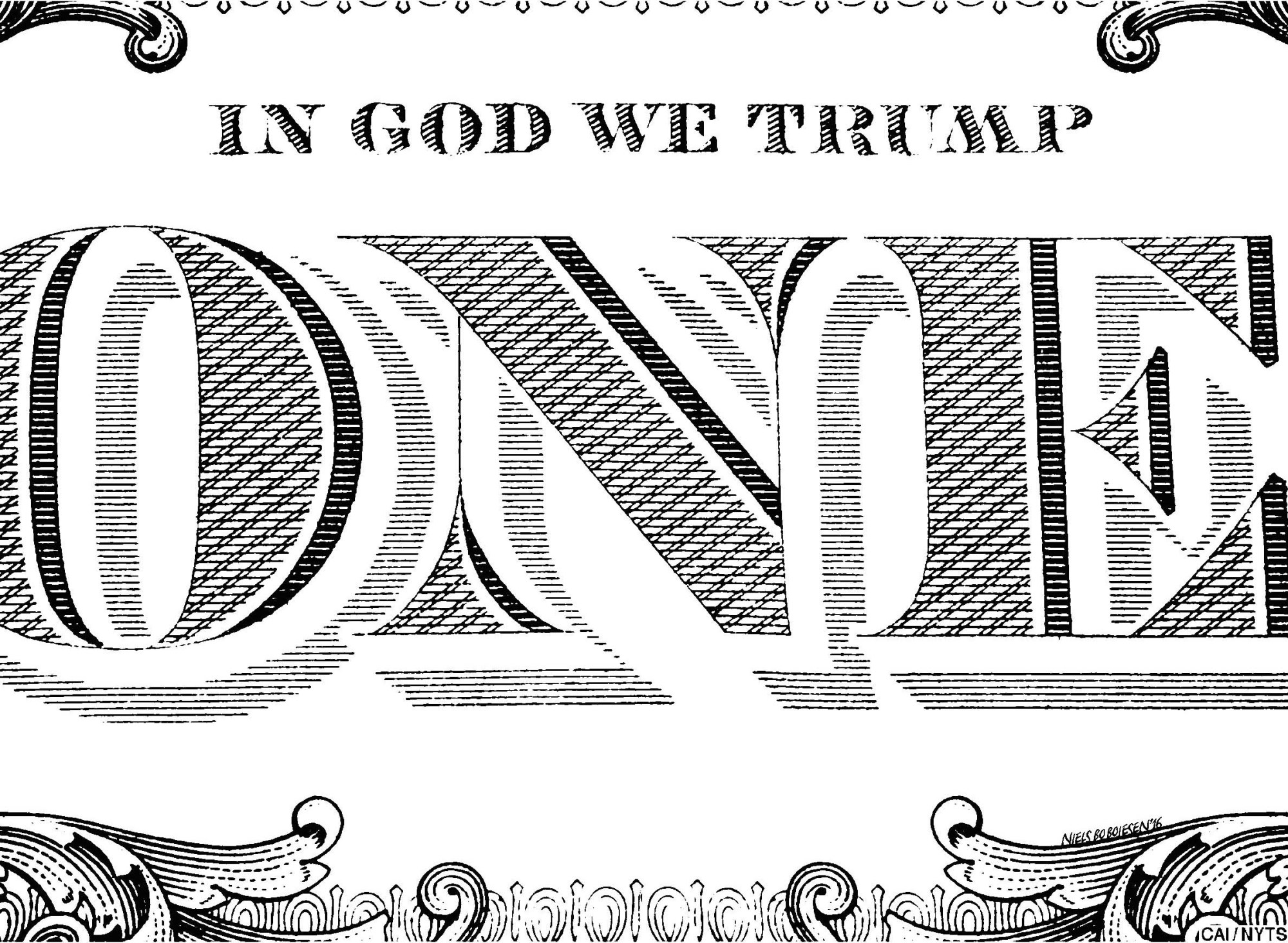Donald Trump's first year as U.S. president has been, if nothing else, a bounteous source of surprises.
One of the big ones in the circles I frequent is dollar weakness. Between January 2017 and January 2018, the broad effective exchange rate of the dollar fell by 8 percent, wrong-footing many of the pundits. I include myself among the wrong-footed (others can decide whether I qualify as a pundit).
Tax cuts and interest rate normalization, I expected, would shift the mix toward looser fiscal and tighter monetary policies, the combination that drove up the dollar in the Reagan-Volcker years. Tax changes encouraging U.S. corporations to repatriate their profits would unleash a wave of capital inflows, pushing up the dollar still further. New tariffs that made imports more costly and that shifted demand toward domestic goods would require offsetting effects in an economy with near-full employment in order to shift demand back to foreign sources. The most plausible such offset was, of course, appreciation of the real exchange rate, which could occur only through inflation or, more plausibly, a stronger dollar.



















With your current subscription plan you can comment on stories. However, before writing your first comment, please create a display name in the Profile section of your subscriber account page.